This paper was presented by Phil Broderick to The Eighth Annual Estate Planning Conference Television Education Network, held on 21 March, 2014.
This paper addresses the use of BDBNs and reversionary pensions and the interaction between the two. It also examines a number of strategies relating to their use.
This paper concentrates on the use of BDBNs and reversionary pensions in relation to self managed superannuation funds (SMSFs), although other superannuation funds are looked at, including public offer super funds.










